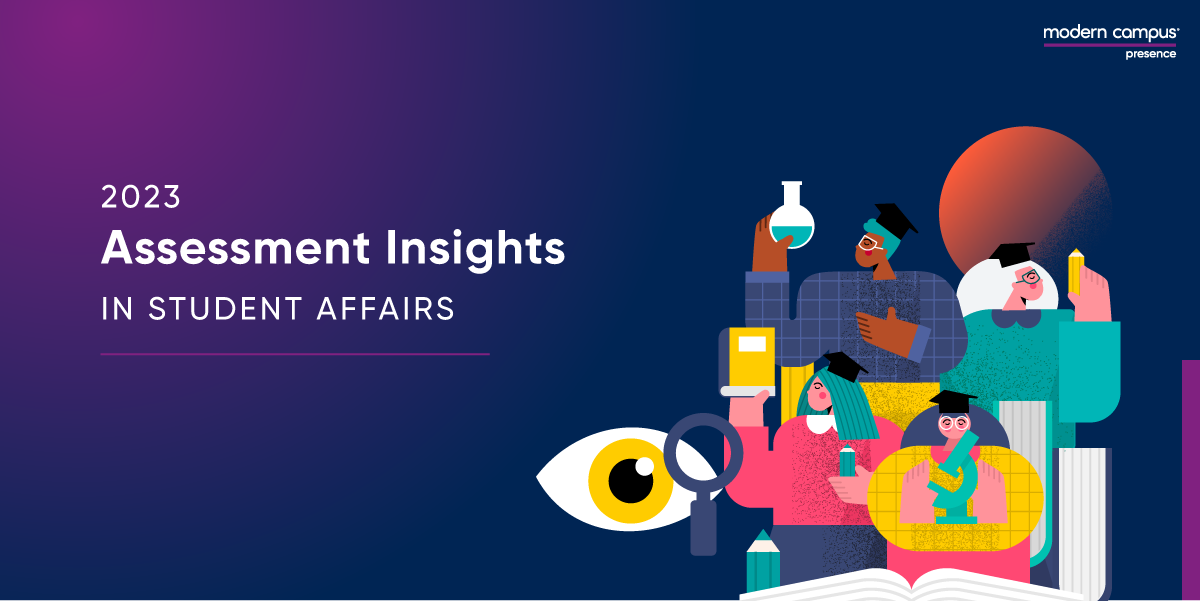A Seamless Customer Experience Sets the Tone for Success
There are a number of advantages to having a rich, robust and distributed community college system.
For one, it allows more opportunities to create access to critical higher education to place-bound and busy adults looking to gain economic mobility. It also creates an ecosystem that’s responsive to its environment, where each campus can serve the unique and specific needs of its community.
Of course, there are challenges with this approach, too. For one, if each college operates entirely independently—with its own business rules, its own standards and its own processes—it creates an environment that’s difficult for learners to navigate. Secondly, it doesn’t allow colleges to take advantage of economies of scale, that allow them to increase their purchasing power and growth capacity by working as one rather than independently.
It’s critical for colleges to create a seamless and scalable infrastructure that takes advantage of the breadth of the system, while at the same time not ruining the diversity and unique-ness that exists from campus-to-campus.
This is a tall order, but it’s certainly possible. In an article on The EvoLLLution, Matthew Meyer (Associate Vice President for STEM Innovation and Strategic Planning for the North Carolina Community College System) and Anne Bacon (Director of Strategic Planning and Policy, North Carolina Community College System) reflected on how community colleges across NC worked together, and with an external partner, to ensure they could keep learning environments up-to-date.
“Local community colleges partnered with several general contractors to share resources,” they wrote. “The contractors provided instructors and building materials, and the college provided space and tools. This type of public-private partnership must be expanded if community colleges are expected to compete in the existing marketplace.”
The lack of economies of scale can serve as a significant barrier to innovation or technology adoption at the community college level, unfortunately barring institutions from delivering the kind of experience today’s postsecondary customers expect.
According to Evan Duff, Senior Vice President of Academic Affairs and Adult Studies at North Carolina Wesleyan College, it also creates additional burden on institutional staff. As he wrote on The EvoLLLution:
“Many colleges still don’t have an automated registration process. Students still register by hand, someone keys it into the system, and it ultimately filters through the registrar’s office. Not only is this time consuming, but mistakes can also be made and paper is wasted.
If colleges had an all-inclusive online registration process, students could register themselves, enter their courses automatically into the system and automatically generate student billing. This process reduces manpower, speeds up the process, reduces errors and provides for a much more enjoyable experience for the student. It also ultimately holds them accountable for the classes 'they' register for.”
It’s critical for community colleges to find ways to take advantage of the purchasing power they can leverage as a system—rather than as individual colleges—and Virginia Cooperative Extension (VCE) provides a really apt example of how this benefitted them.
Cooperative Extensions, of course, are extremely similar to community colleges in their missions and approaches. They are organizations focused on delivering responsive educational programming to their service areas through a distributed, statewide model.
At VCE they were looking for a way to allow students to easily find and register for programs offered across the system. In an interview with The EvoLLLution, Neil Vines (Director of IT for VCE) reflected on the benefits of the decentralized model, but also went on to describe some of its impacts on the customer experience.
“The decentralized model allows us to really tailor our educational programming to the local communities we’re responsible for,” he said. “If a particular county or city has a unique educational need or a unique issue that they’re dealing with, the decentralized nature of the organization allows us to respond relatively quickly to those issues or those needs without a whole lot of administrative overhead.”
Of course, according to Vines (and as stated above), this model comes with some fundamental and significant drawbacks.
“The decentralization doesn’t give us an easy means of addressing the diversity in the portfolio of programs that we have,” he said. “Because it’s decentralized, a lot of the marketing efforts for programs tended to focus on the locality in which those programs are offered and sometimes we lost sight of the fact that, even though we might be offering a program in our home county, there may be other people in an adjoining county that might like to take advantage of it. Simply, it was sometimes difficult for our clientele to see the full breadth of the programs that we offer.”
VCE wanted to create an environment where learners could easily find and register for relevant offerings, regardless of their geographic location. This way, they could ensure they were properly serving their community and employers while also taking advantage of the diversity existing across the system.
“What we’re trying to do is to expand our market base so that we can reach more people,” he said. “We’re trying to reach the maximum number of people that we can with programs that provide solutions to local problems. If we’re not successful in doing that or if there are significant segments of the population that are either unaware of our programs or unable to subscribe to our programs then we’re not successful as an educational organization. Not being able to reach out to those audiences or to create an easy-to-navigate mechanism for them to get to our programs is a problem for us.”
In addition, they created an environment delivering the customer experience their learners expected from a modern and innovative organization.
“Traditionally students had to go to a physical office and pay with cash or a cheque. We send out registration forms that people fill out and then mail back in with a cheque, but we’ve never really had a good mechanism for people to be able to register for a program online and pay for it with their credit card,” he said.
“Because this [technology rollout] is still new for us, registration was offered by mail, in person and online,” he continued. “The majority of the registrations for the programs offered through [our new system] have been online, which is big.”
Modern learners expect modern experiences, and this is especially true in an environment where learners are so pressed for time. Balancing work and family responsibilities, adult learners have limited time to dedicate to their educational pursuits and it’s essential that community colleges minimize administrative hurdles as much as possible so they can focus their time on academics, not red tape.
Last updated: February 1, 2021



